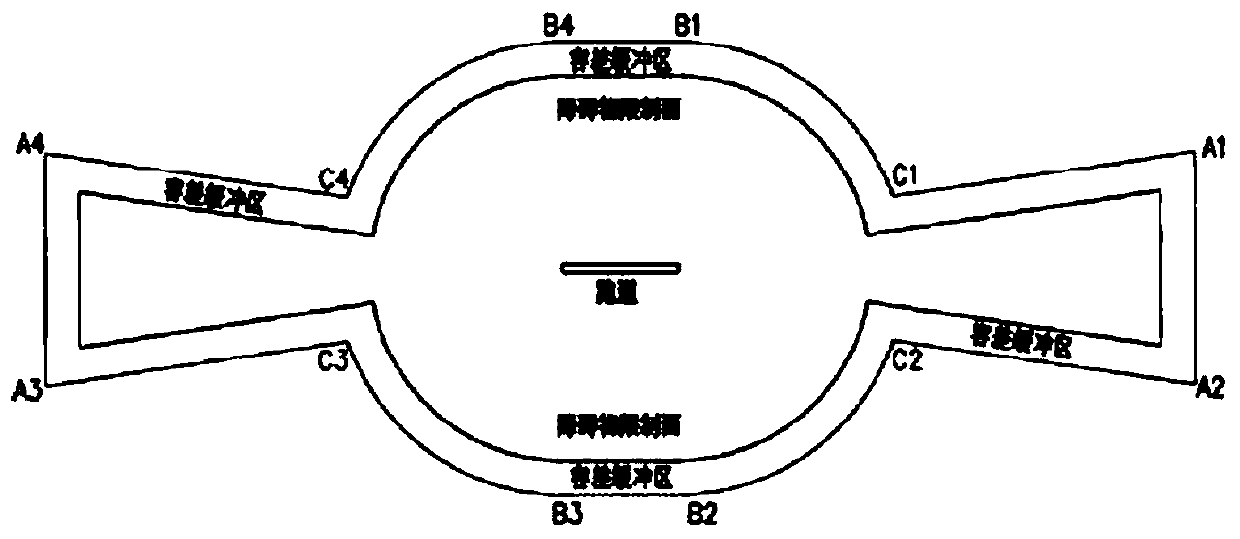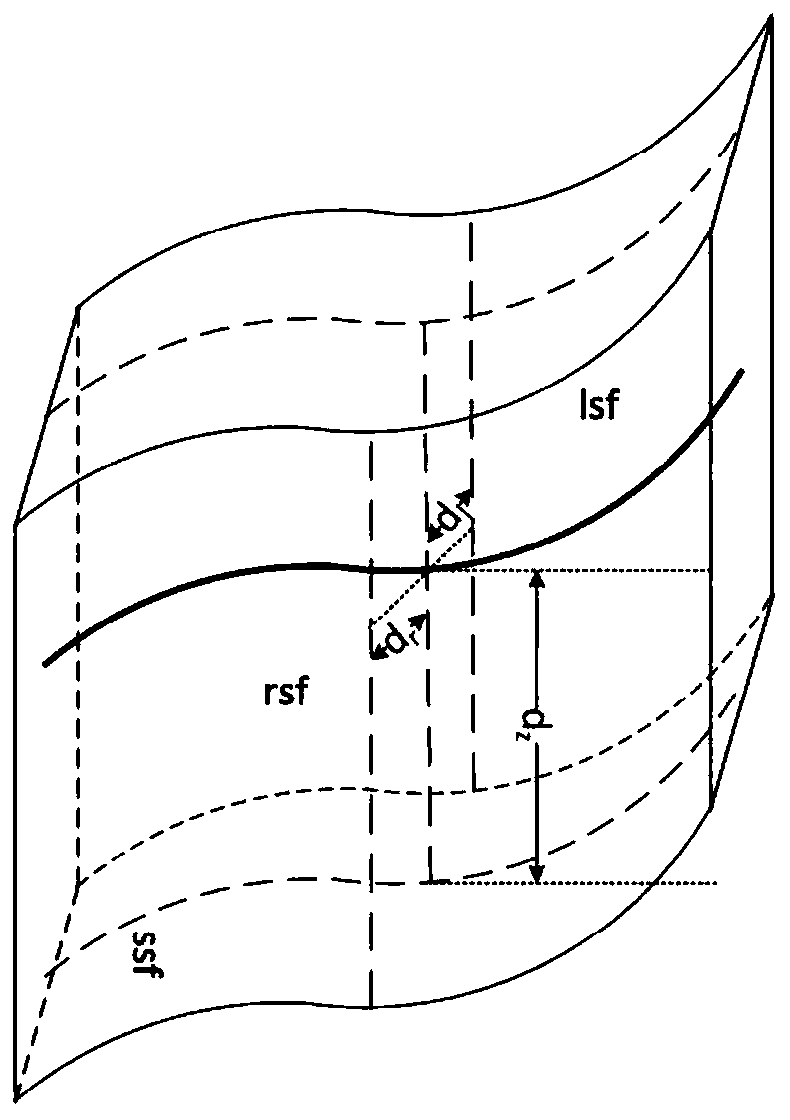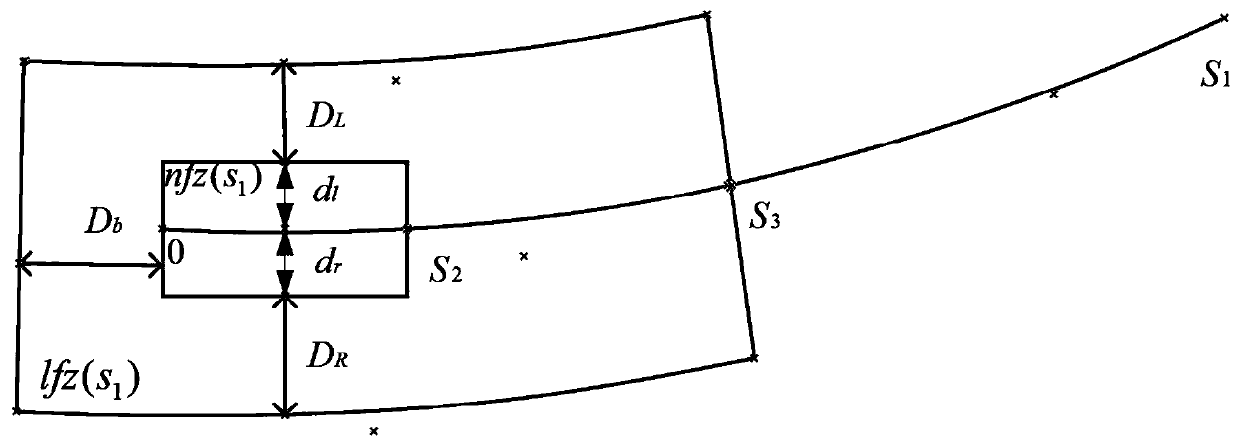Airport unmanned aerial vehicle management and control area division method based on collision risks
A technology of collision risk and control area, applied in the direction of non-electric variable control, control/regulation system, three-dimensional position/channel control, etc., can solve problems that are not necessarily scientific, reasonable, symmetrical, and unreasonable
- Summary
- Abstract
- Description
- Claims
- Application Information
AI Technical Summary
Problems solved by technology
Method used
Image
Examples
example
[0250] Such as Figure 6 Combined with the actual flight data of an airport in the past month, the specific implementation is as follows:
[0251] The characteristics of an airport are as follows:
[0252]The airport discussed is a single-runway airport, and the runway corresponds to an arrival procedure and a departure procedure, and the vicinity of the airport is flat;
[0253] The parameter s corresponding to the arrival segment and the departure segment 1 Both are 10,000 meters, and the expression of the segment curve and the corresponding error distribution are known;
[0254] S1 Designate the core area of the control area according to the collision risk probability e
[0255] The core area of the control area is mainly based on the operational performance of the flight segment, and the operational data is established after risk assessment.
[0256] 1.1 Entry procedure
[0257] Without loss of generality, the flight is on the final approach segment is a straigh...
PUM
 Login to View More
Login to View More Abstract
Description
Claims
Application Information
 Login to View More
Login to View More - R&D
- Intellectual Property
- Life Sciences
- Materials
- Tech Scout
- Unparalleled Data Quality
- Higher Quality Content
- 60% Fewer Hallucinations
Browse by: Latest US Patents, China's latest patents, Technical Efficacy Thesaurus, Application Domain, Technology Topic, Popular Technical Reports.
© 2025 PatSnap. All rights reserved.Legal|Privacy policy|Modern Slavery Act Transparency Statement|Sitemap|About US| Contact US: help@patsnap.com



